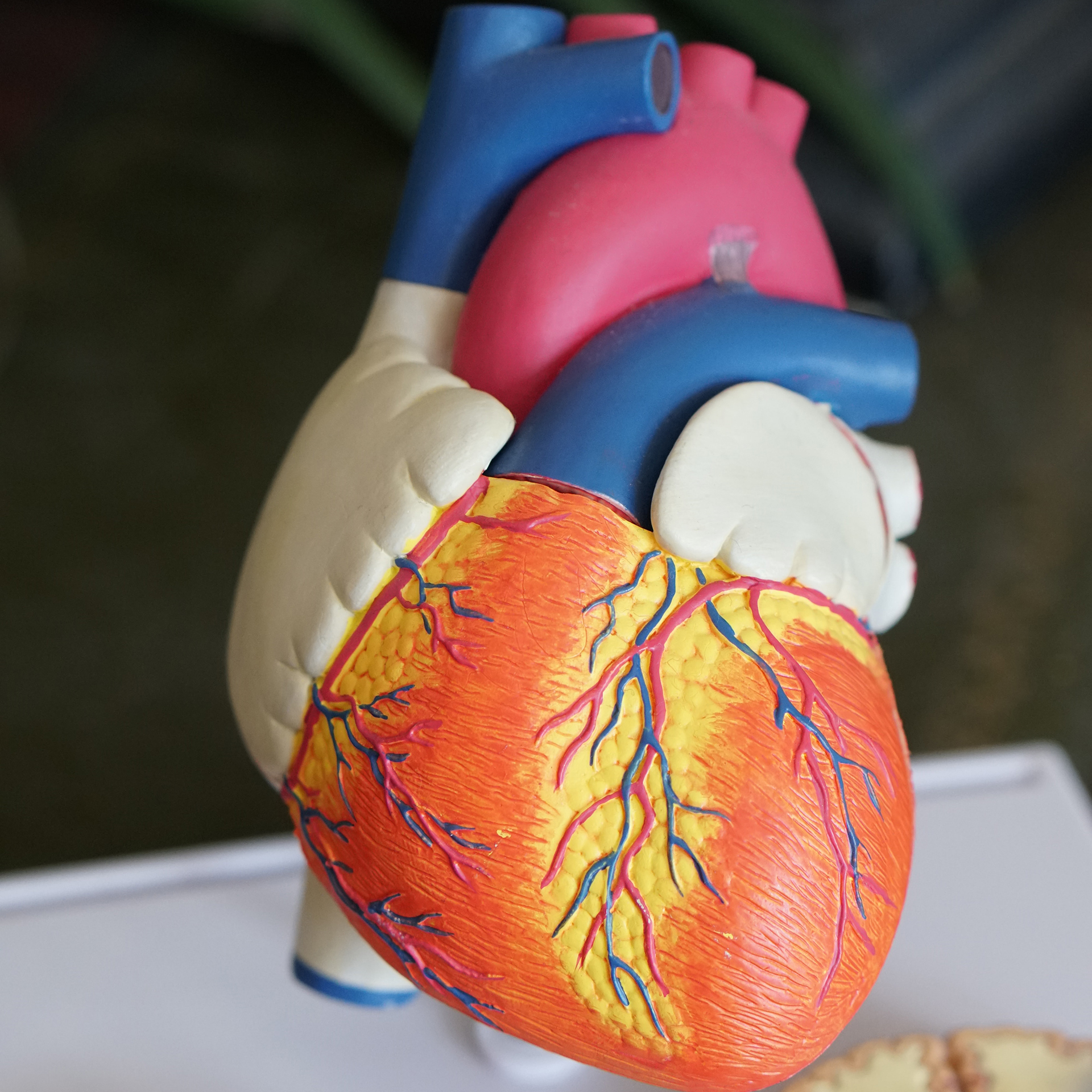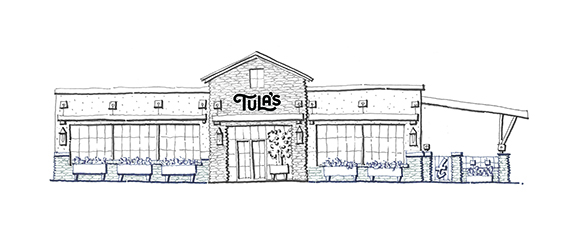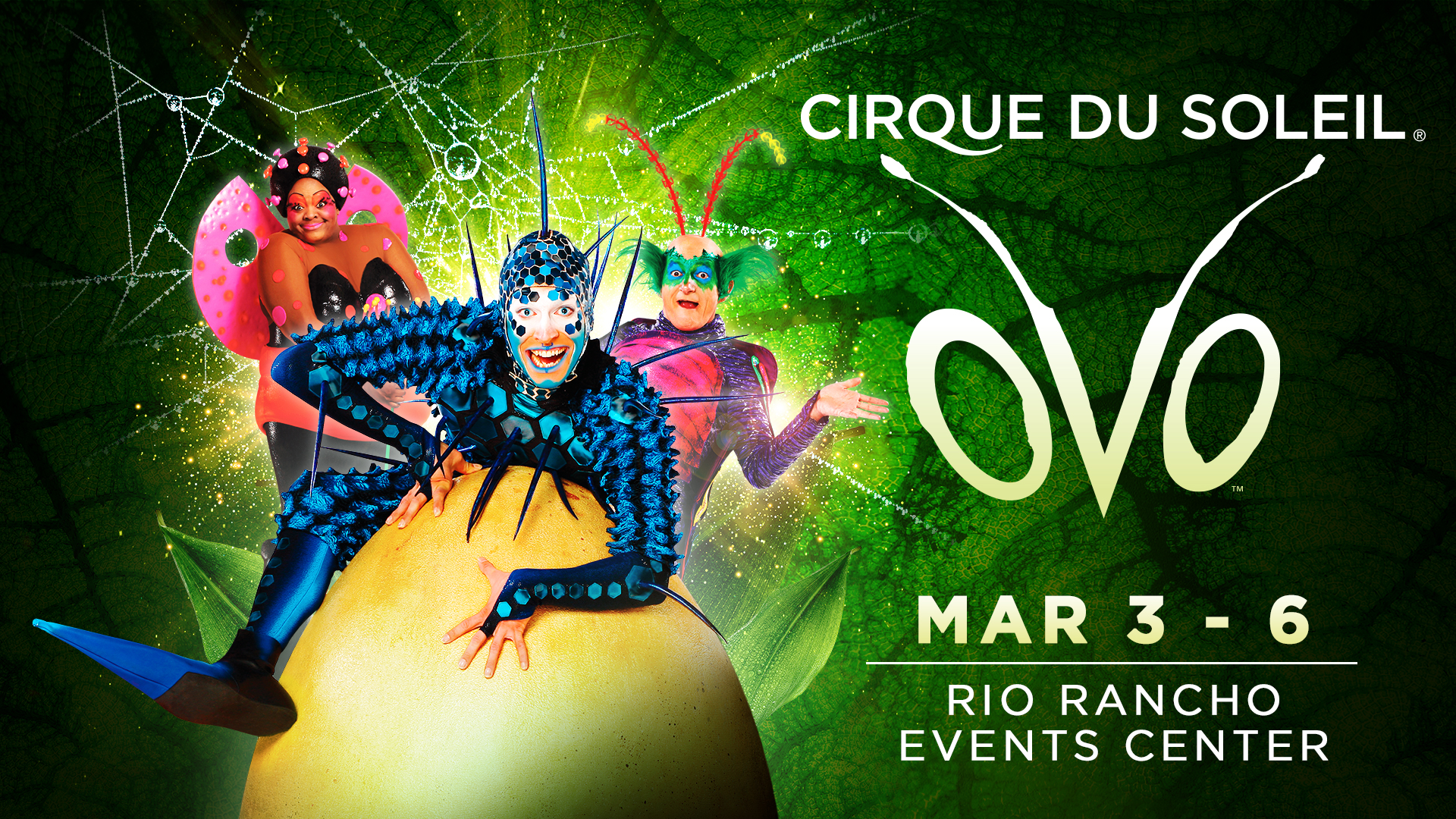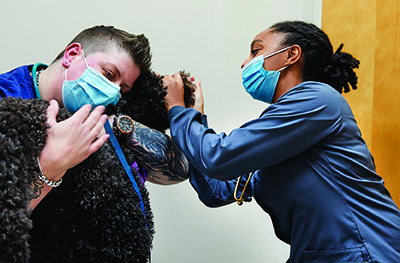By Kimberly Blaker
In living with and interacting with our dogs, we get to know them well. Despite their inability to talk, we often understand their emotions based upon their body language. Scientists now know what dog owners have suspected all along. Dogs experience a wider range of emotions than scientists once thought.
The dog brain is substantially smaller than the human brain when accounting for body size, so it isn’t as complex as our brain. Yet, MRI studies reveal dogs’ brains aren’t much different from humans. MRIs have shown that the same sections of both the human and dog brains light up based upon various types of stimuli, as reported by board-certified neurologist J.P. McCue at New York City’s Animal Medical Center in “Dog Brain Facts: Understanding Canine Cognition.”
It has also been found that dogs produce oxytocin, the neurotransmitter and hormone that creates the emotion of love in humans. In fact, research reveals that when our dogs stare into our eyes, it activates oxytocin, creating a bond similar to that between a mother and infant. David Grimm reports on the research of this phenomenon in his article, “How Dogs Stole Our Hearts,” at sciencemag.org.
In an experiment by animal behaviorist Takefumi Kikusui and his colleagues, dogs and their owners gazed into each other’s eyes. Their gaze ranged from a few seconds to a couple of minutes. The researchers found that in those dogs and owners who stared longer, the oxytocin levels rose 130 percent and 300 percent, respectively. This adds to the growing body of research that supports the notion that dogs can feel love and attachment.
Just like in humans, dogs’ brains develop as they grow. In humans, the brain reaches full development around the age of 25. But dogs’ brains are fully developed around the age of 6 months. At this point, dogs’ emotional development is equivalent to a 2½-year-old human, according to researchers.
To gain perspective on what that means in regards to dogs’ range of emotions, Stanley Coren charts the emotions of a 2½-year-old child in “What Emotions Do Dogs Actually Experience?” These include joy, love and affection, contentment, excitement, shyness and suspicion, fear, disgust, distress, and anger. At that age, however, children don’t experience feelings that require self-consciousness, such as pride, shame, guilt, and contempt.
How to read your dog’s feelings
Here are some of the ways dogs express different emotions.
Joy. Dogs often express this when a family member comes home, or a familiar guest comes to visit. Dogs often run and jump, wag their tails, and lavish kisses. They also express joy when playing by barking or giving a playful bow.
Love and affection. When dogs are feeling affectionate, they might nudge you with their nose, make loving eye contact (as opposed to the threatening eye contact of an unknown dog), or softly groan and sigh while lying next to you. Some dogs will lean their bodies up against you while sitting or standing. They also express their love through kissing, jumping, and rolling onto their backs with a wagging tail.
Shyness, suspicion, fear. These emotions are often quite evident. Dogs might flatten their ears, avoid eye contact, tuck their tail under, cower, pant, or shake. They can also have dilated glassy eyes. Pacing, hiding, whining, barking, sneering, nipping, or submissive urination can also be signs of fear or shyness.
Distress. When dogs are depressed, they can experience changes in appetite, behavior, sleep patterns, and reduced activity levels. Emotionally distressed dogs also show this in their posture with downcast eyes and a low-bent neck. They might also lick or shed excessively.
Anger. If your dog has ever ignored you or given you the cold shoulder, there’s a good chance it’s mad at you. But if you’re doing something that makes your dog particularly angry, the signs may be more prominent. Your dog might take a rigid posture, bark loudly in your direction, or make sharp or short barks. This is a warning to stop whatever you’re doing that’s making your dog angry. If your dog begins growling, repeatedly howling with a rising pitch, or showing teeth, it’s prepared to attack.
What about hackles?
People often think raised hackles indicate a dog is angry or showing aggression. Sometimes that’s the case. But raised hackles are an involuntary reaction and most often caused by a host of other emotions. These include excitement, arousal, fear, shyness, defensiveness, or being startled. That said, dogs can bite out of fear, not just anger. The best way to know the meaning behind the raised hackles is to look at other body language that indicates what the dog is feeling.
Kimberly Blaker is a freelance writer based in Michigan, whose writings appear in print and digital magazines and newspapers nationwide.














